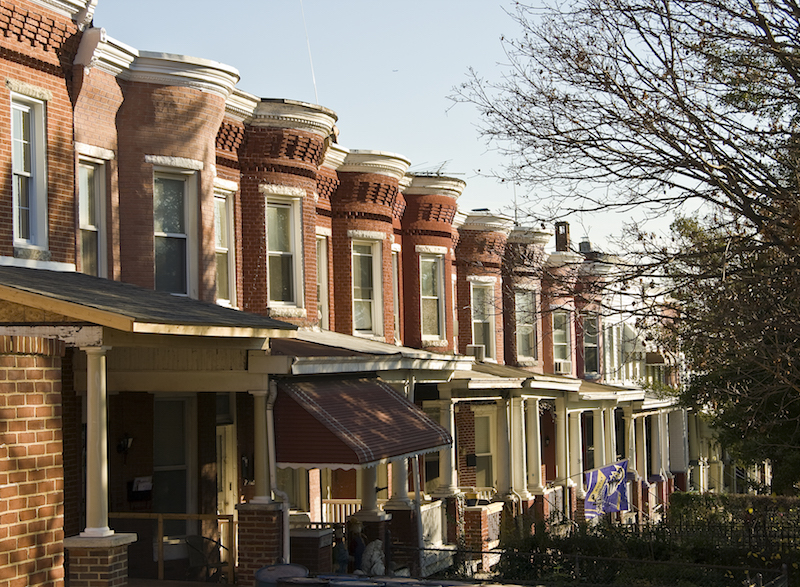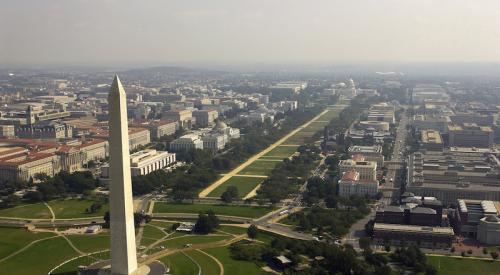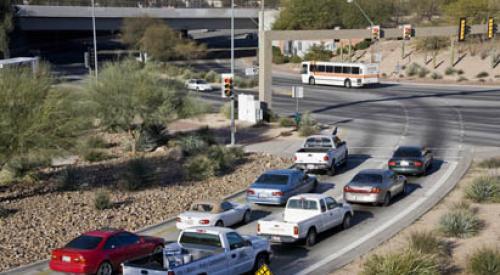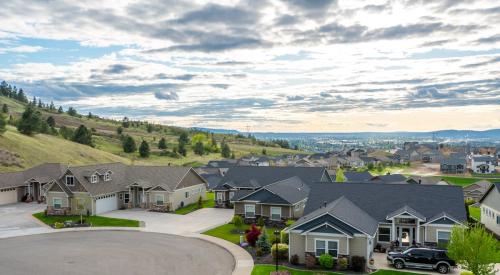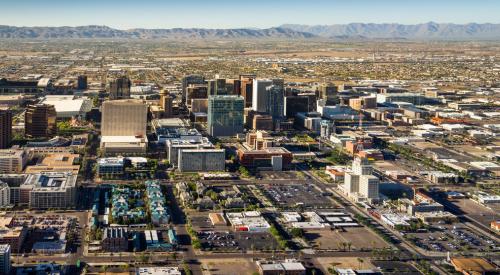Anytime there is a real estate list identifying something like the hottest markets or cities that are drawing new residents at the highest rate, you can expect to see a roundup of some familiar names, such as San Francisco, Denver, Portland, Seattle, and Austin. But as Realtor.com reports, a new list from RealtyTrac tracking cities with the highest percentage gains in new mortgages kicks the usual suspects to the curb.
The number one city in terms of new mortgages in the first quarter of 2016 as compared to the same time last year is Baltimore, Md. Located an hour outside of Washington, D.C., Baltimore experienced a 26 percent bump in the number of new mortgages, evidence that the city is continuing to bounce back from a rough patch of high unemployment and unrest that took center stage on news stations across the country. Part of what is helping Baltimore rebound is that it is much more affordable than nearby cities like Philadelphia or Washington, D.C.
Right behind Baltimore on the list was Tucson, Ariz., which saw an increase in mortgages of 18 percent over the previous year. Like Baltimore, Tucson is a relatively smaller metro area that is close to a large, more expensive city (Phoenix, in this case). The heart of Tucson’s downtown area has been revitalized with a plethora of new dining and shopping options and a public transportation system featuring its very own streetcar. Tucson, even more than Baltimore, is a city that has both the qualities of a small town and the opportunities of a big town, according to John Mijac, a Tucson area real estate broker.
The rest of the list for top year-over-year mortgage increases includes Louisville, Ky. (17%), Minneapolis-St. Paul, Minn. (14%), and Nashville, Tenn. (14%). A little further down on the list are some heavier hitters like Washington, D.C. (13%), Atlanta (12%), and Chicago (11%). While these cities may not be as small as Tucson or Louisville, they still have the benefit of being substantially cheaper than other cities like New York or Los Angeles.
